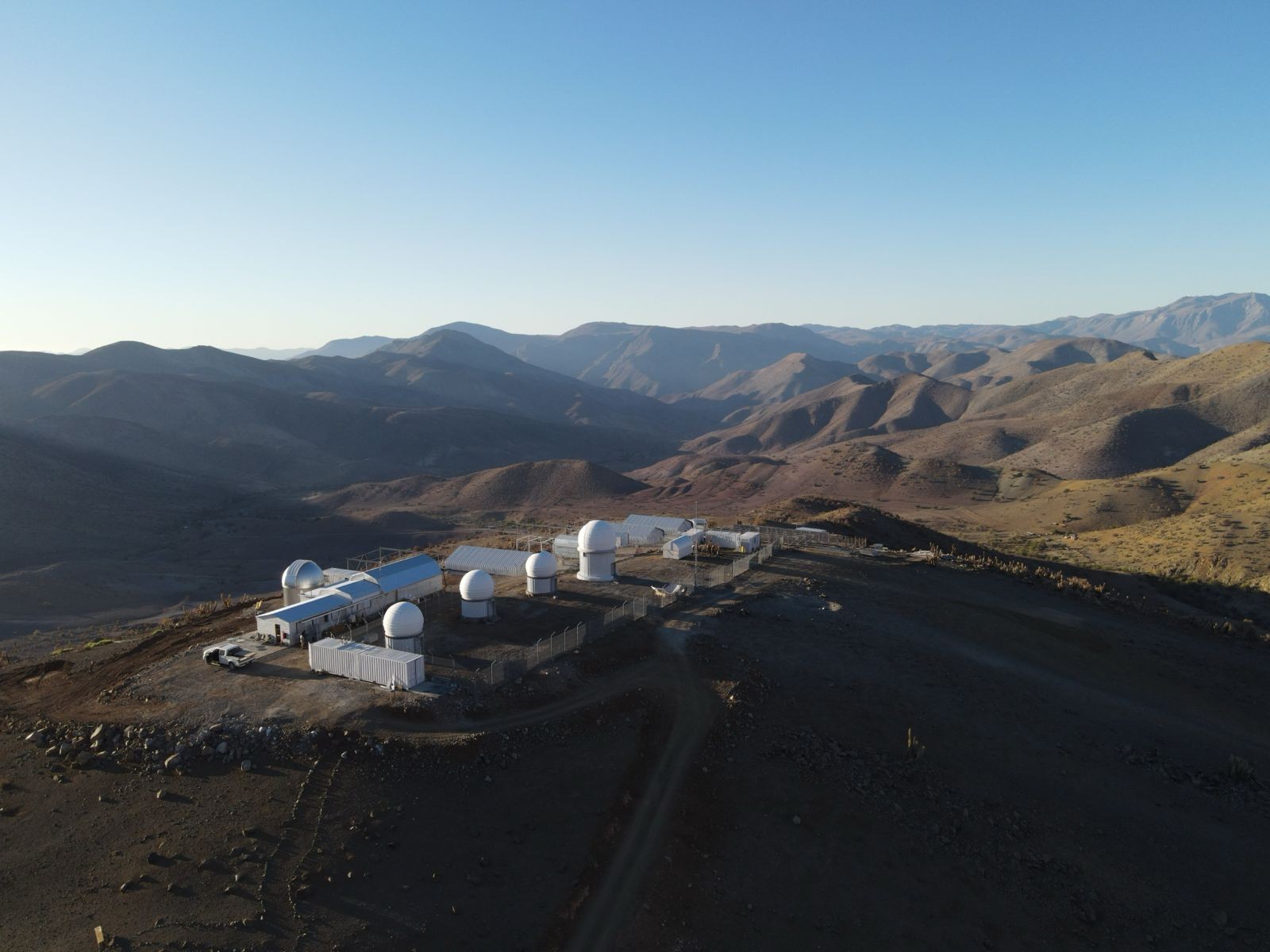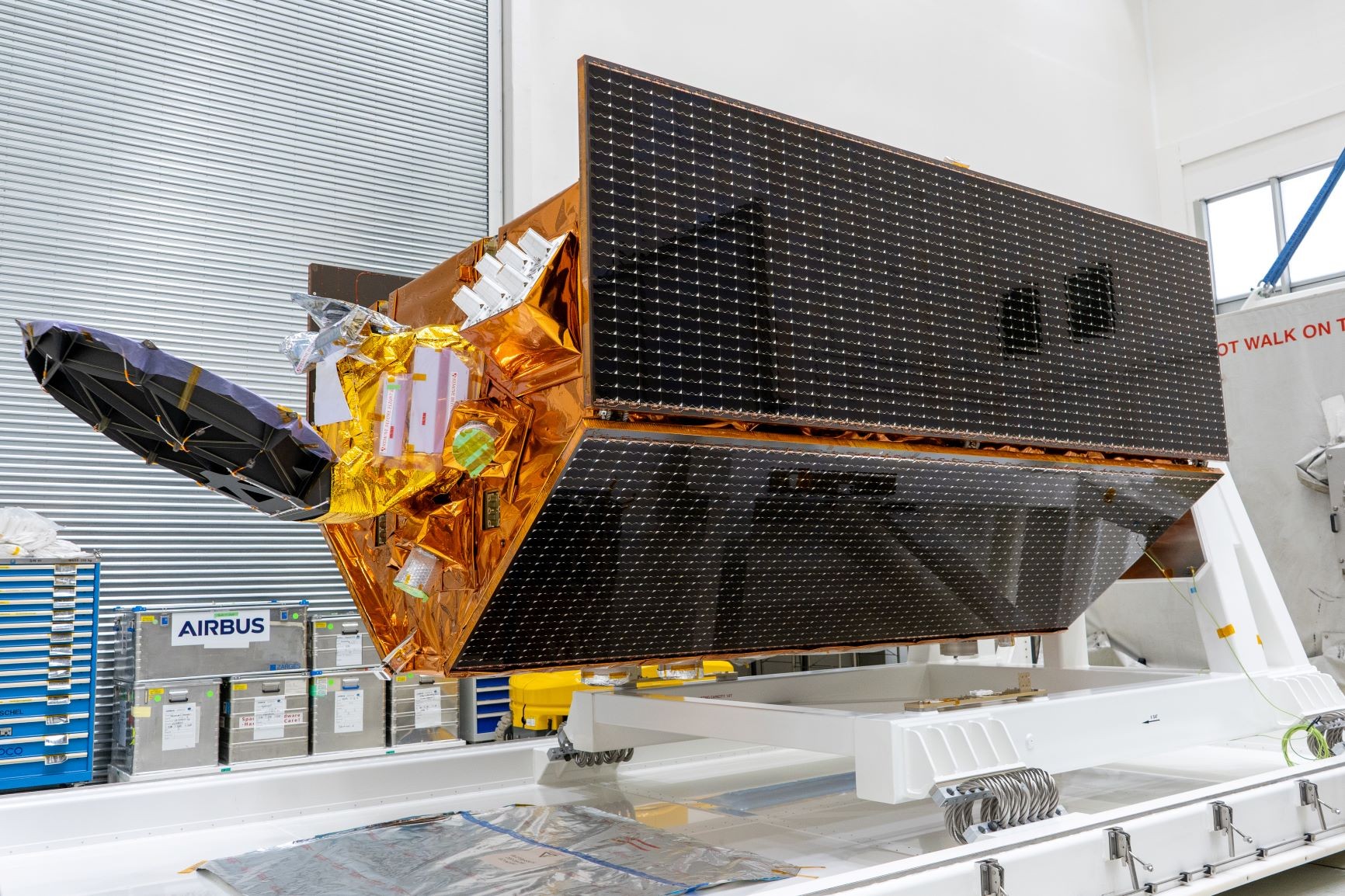Nammo UK to supply main engine for Argonaut Lunar Lander

Image courtesy Nammo UK / Credit ESA
The announcement was confirmed on Thursday 20th November at ESA’s European Astronaut Centre in Cologne, Germany, at a signing ceremony with Daniel Neuenschwander, Director of Human and Robotic Exploration of ESA, Robert Selby, Vice President of Nammo Space, Giampiero di Paolo, Deputy CEO of Thales Alenia Space Italy, Chiara Pedersoli, CEO of OHB System AG, Yvan Baillion, Director of European Business at Thales Alenia Space and Richard Thorburn, CEO of Thales Alenia Space UK.
Nammo UK’s next generation high-performance bi-propellant engine named RELIANCE with a thrust capability of 6kN will support Europe’s first ever lunar lander mission as part the NASA Artemis programme planned for 2031. Nammo UK, based at Westcott Venture Park in Buckinghamshire, is known for design, testing and manufacturing of spacecraft and launcher propulsion technology.
Robert Selby, Vice President of Nammo Space, said: “This marks a major step forward for the RELIANCE development, Nammo’s ambitions and European capabilities. We are honoured to be selected, and this is a testament to the remarkable team we have. We’re proud to contribute cutting-edge propulsion technology to the Argonaut mission and play a pivotal role in landing Europe on the Moon for the first time.”
Dr Paul Bate, CEO of the UK Space Agency, said: “Nammo UK’s selection as the engine provider for Europe’s new lunar lander is a significant achievement for the company and our growing space sector. The RELIANCE engine is under development at the Westcott Space Cluster, continuing the proud heritage of that site for British rocket propulsion technologies and creating highly-skilled jobs. The innovative system could also support a wide range of further missions, as we continue to work with our national and international partners to deliver the benefits of space to Earth.”

ESA’s autonomous Argonaut Lunar Lander powered by RELIANCE will support NASA’s Artemis programme with plans to reestablish a human presence on the Moon for the first time since the Apollo mission in 1972. Argonaut will play a key role in international lunar exploration and transporting a variety of cargo, including vital resources for astronauts such as food, water, science instruments and infrastructures for communications and power generation.
The development of RELIANCE - Rocket Engine for Lunar and Interplanetary Anglo-Norwegian Commercial Exploitation - marks a major milestone in European space propulsion.
Under development at Nammo UK’s facility in Westcott, the 6kN engine features a large range throttleable design using a pintle injector, drawing inspiration from the original Apollo programme. This feature, combined with the integrated engine controller, offers enhanced mission control needed for precision during landings. It also utilises hypergolic propellants and draws on Nammo UK’s rich heritage in the LEROS engine range.
RELIANCE builds on the success of many lunar and interplanetary missions powered by the work of Nammo UK. In March of 2025, Firefly Aerospace successfully landed the first ever commercial lunar lander, Blue Ghost. This spacecraft was powered by Nammo’s LEROS 4 engine, the development funded by the UKSA and NASA’s Commercial Lunar Payload Services (CLPS) initiative.
NASA’s JUNO mission to explore the depths of Jupiter, solely relied on Nammo UK’s LEROS 1b engine for its propulsion system. At the time the LEROS 1b set the record for the fastest man-made object, achieving speeds of 230,00 mph. Recently, Nammo UK supplied the propulsion system for Astroscale’s ADRAS-J, which successfully took the world’s first image of space debris, as part of their space sustainability program.
Nammo UK is part of the Norwegian international aerospace and defence group Nammo, with the Space division operating across four sites based at Westcott Venture Park and Cheltenham in the UK, Raufoss in Norway and Dublin in Ireland. The group is involved in the continual development and qualification of new, innovative products for the global spacecraft and launcher propulsion sector.












